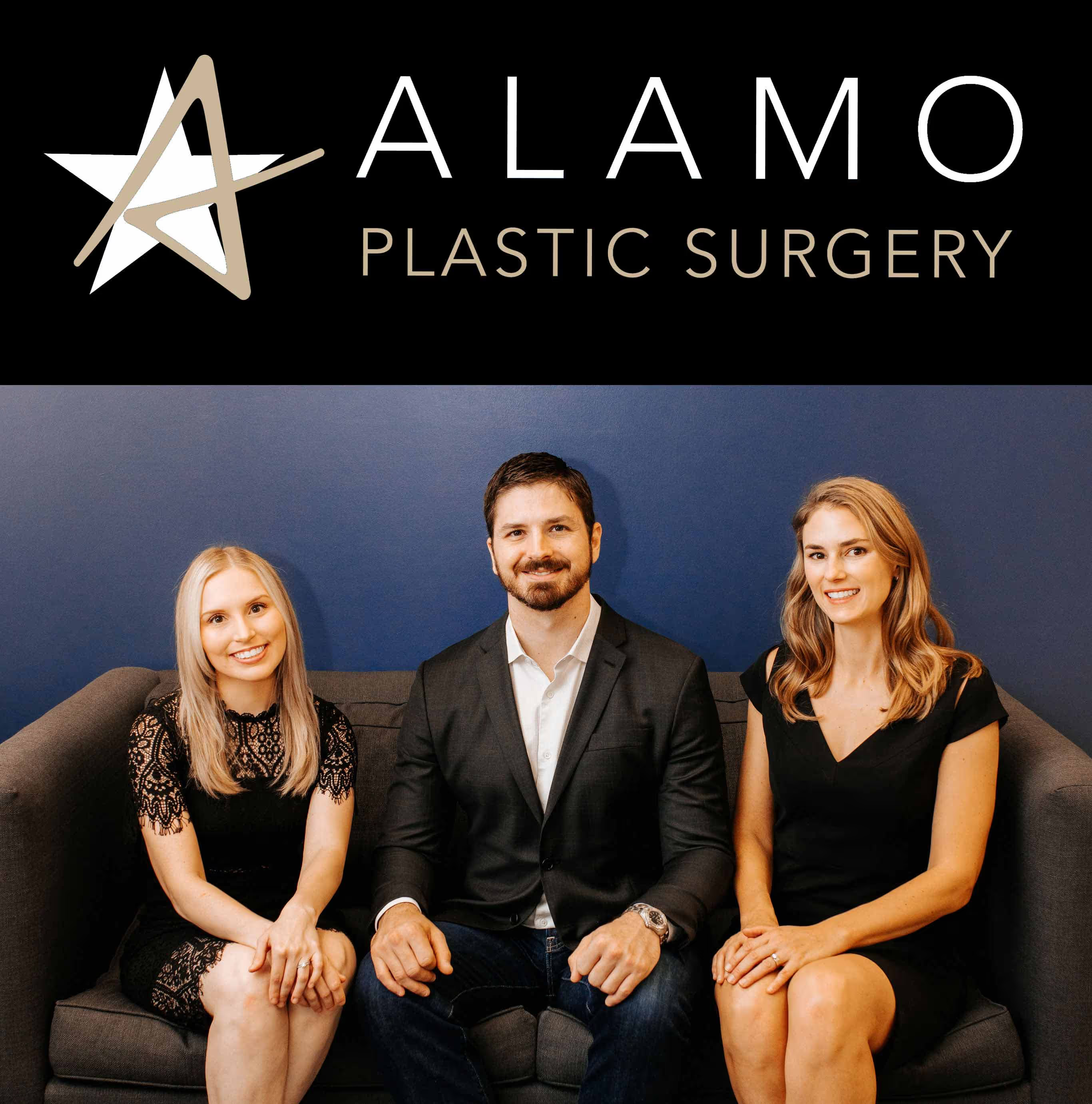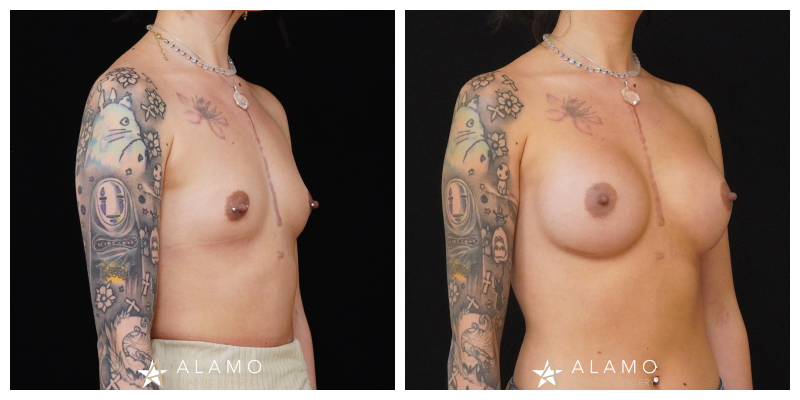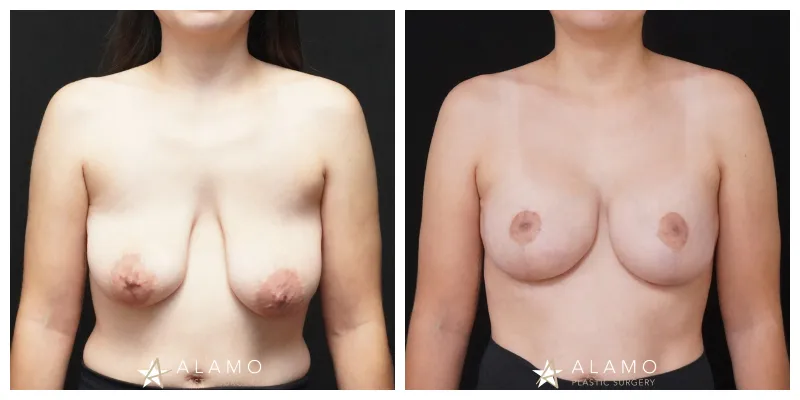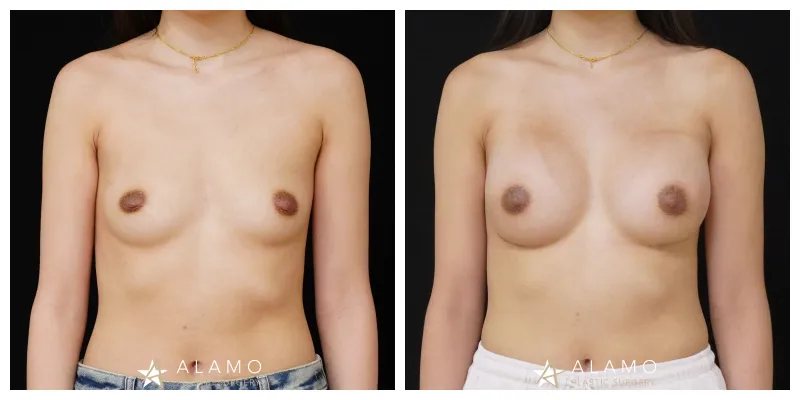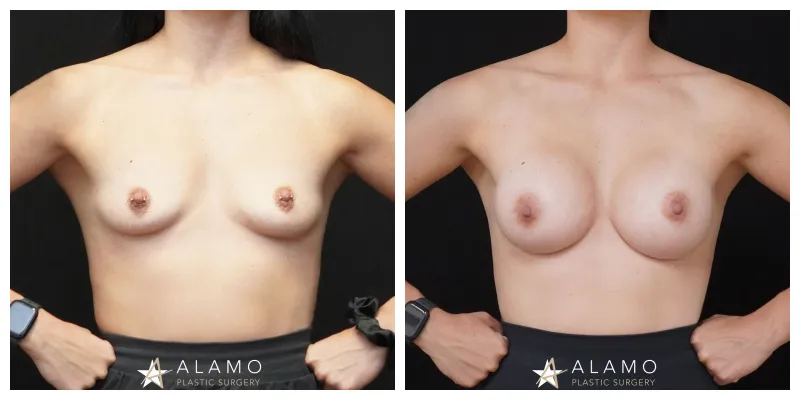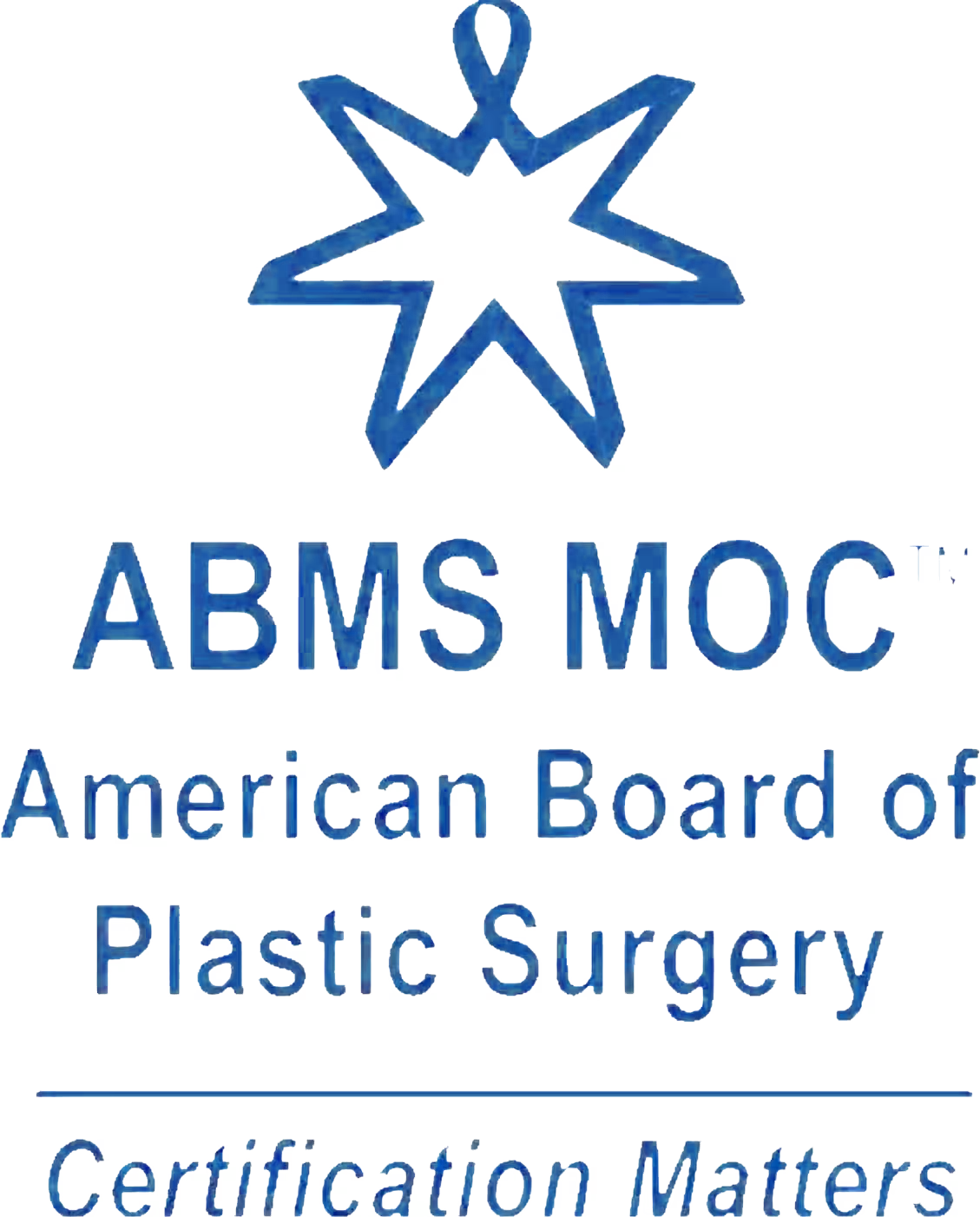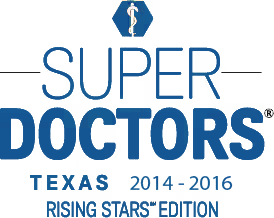
For women with loose, damaged skin on the belly, whether it is from multiple pregnancies or weight loss, a tummy tuck (abdominoplasty) may be the best way to get a more youthful and attractive stomach. For these women, there really is no “minimally invasive” or non-surgical substitute for a tummy tuck. Women rave about ‘getting their bodies back’ and being able to wear ‘regular’ clothes or even a two-piece swimsuit again with confidence!
A tummy tuck or abdominoplasty is a cosmetic surgery that will remove excess skin and stretch marks, typically from the lower part of the abdomen and leave a scar that can be hidden under most underwear and bikini bottoms. While loose skin is being removed, a stretched or damaged looking belly button (umbilicus) can often be rejuvenated. Also, if there has been separation of the abdominal muscles from pregnancies (rectus diastasis), Dr. Albright can improve this with ‘rectus plication’ helping to narrow and feminize the waistline. Full or droopy pubic mound (mons pubis)? Dr. Albright will see about flattening this during the abdominoplasty surgery. Therefore, a tummy tuck is plastic surgery that can rejuvenate the entire abdominal area!
As one of the top board-certified plastic surgeons in San Antonio, Dr. Albright may suggest combining the tummy tuck with liposuction to get an even better result if a patient will benefit from additional body contouring.
Dr. William Albright, MD, is a San Antonio, TX, plastic surgeon. With years of experience and expertise in cosmetic and body surgery, Dr. Albright is Board Certified and can help you achieve your desired look.
What is a tummy tuck surgery?
A tummy tuck procedure, or abdominoplasty, is a cosmetic surgical procedure to improve the abdomen's appearance. It involves removing excess skin and fat from the abdominal area and tightening the abdominal muscles to create a smoother and firmer abdominal profile.
Types of Tummy Tucks
Full Tummy Tuck
A full tummy tuck addresses the entire abdomen, both above and below the belly button. It involves the removal of excess skin, tightening of abdominal muscles (usually repairing muscle separation or diastasis recti), and repositioning of the belly button if necessary. This procedure is ideal for people with significant loose skin or muscle laxity due to pregnancy or weight fluctuations.
Mini Tummy Tuck
A mini tummy tuck focuses on the area below the belly button. It is less invasive and involves a smaller incision compared to a full tummy tuck. This procedure is suitable for individuals with a small amount of excess skin or fat in the lower abdomen but who do not need muscle repair or extensive skin removal in the upper abdominal area. The belly button is typically left untouched in a mini tummy tuck.
Extended Tummy Tuck
An extended tummy tuck is a more comprehensive version of a full tummy tuck, addressing the entire abdomen as well as the flanks (love handles) and, in some cases, the lower back. This procedure is ideal for patients who have significant skin laxity or excess fat around the waistline and hips, often due to major weight loss. The incision is longer, typically running from hip to hip, and allows for more extensive contouring.
Tummy Tuck vs. Liposuction: Key Differences
A tummy tuck is a comprehensive procedure that removes excess skin and fat and tightens abdominal muscles. Conversely, liposuction focuses solely on removing fat from targeted areas and does not address skin or muscle laxity.
How long does a tummy tuck last?
The common scar pattern is a horizontal (side-to-side) scar located above the pubic mound near where a C-section scar would be placed. The scar is contoured and positioned so that it should be fairly easy to hide with most types of underwear and bikini bottoms.
The scar is longer than a C section scar, and the length depends on how much skin needs to be removed with a "mini abdominoplasty" having the shortest length scar. Occasionally, if the belly button is being relocated, a short vertical scar may be necessary between the belly button and the low horizontal scar, and a scar will be placed around the ‘new’ belly button.
Other scar options are a “reverse tummy tuck” where the scar is placed, redundant skin is moved upward, and a horizontal scar is placed under the breasts. This is far less common than the traditional lower body scar.
Finally, for patients who have had dramatic weight-loss success including after bariatric surgery, it may be necessary to perform a “fleur-de-lis” incision which combines a traditional lower side-to-side incision with a long vertical incision creating an upside down ‘T’ pattern. This is sometimes needed to address not only top-down skin excess but also side-to-side skin excess.
Although the scar pattern is more visible and difficult to hide out-of-clothing, the resulting improvement in shape and waist definition is usually considered a fair trade by these patients. Please check out video below from Dr. Albright's patient who is one year out:
Tummy Tuck Surgery Recovery Process
Immediate Post-Surgery Period (First Few Days)
After the tummy tuck surgery, you may stay overnight in the hospital for observation. You will be given a compression garment to reduce swelling and support your abdomen. It's normal to experience swelling, bruising, and discomfort, which can be managed with prescribed pain medication. You will be encouraged to walk gently to promote blood circulation, but standing fully upright may be difficult due to tightness in the abdominal area.
First 1 to 2 Weeks
During the first 1 to 2 weeks after surgery, it's important to prioritize rest and avoid strenuous activity, bending, or lifting heavy objects. Consider sleeping with your upper body slightly elevated and knees bent to relieve pressure on the abdomen. If drains were placed during surgery, they are typically removed after the first week, depending on the amount of fluid output. Additionally, follow-up appointments with your surgeon will be scheduled to monitor healing and remove any sutures if necessary.
2 to 4 Weeks Post-Surgery
After surgery, you can gradually return to light activities and non-physical work within 2 to 3 weeks. However, it's best to avoid strenuous activities, exercise, and heavy lifting during this time. While some swelling and bruising may still be present, they should start to decrease. You'll need to continue wearing the compression garment to help with swelling.
4 to 6 Weeks Post-Surgery
At 4 to 6 weeks post-surgery, you can start with light exercise like walking, but avoid strenuous activities or exercises targeting core muscles until your surgeon gives the go-ahead. You should feel more comfortable moving around and doing daily activities, but wait for your surgeon's approval before resuming physically demanding activities.
6 Weeks and Beyond
After 6 to 8 weeks, most patients can resume normal physical activities, including exercise. However, recovery time can vary, so it's important to listen to your body and follow your surgeon's advice regarding activity restrictions. While the majority of swelling subsides after 6 weeks, it can take up to 6 months for the swelling to completely go down and for your final results to be fully visible. During this time, incision scars will continue to fade.
Long-Term Recovery and Results
After a tummy tuck, your incisions will heal over time, and your surgeon may suggest treatments to minimize scarring. It may take a year or more for scars to fully fade. Once the swelling subsides and your body adjusts, your abdomen will appear flatter and more toned. The results are long-lasting if you maintain a stable weight and a healthy lifestyle.
Average cost of a tummy tuck in San Antonio, TX
The cost of a tummy tuck varies widely depending on the surgeon's experience, the geographic location, and the specific needs of the patient.
Non-surgical alternatives to a tummy tuck surgery
Non-surgical options, such as CoolSculpting, radiofrequency, and laser treatments, can reduce fat and tighten skin to some extent but are usually less effective than a tummy tuck for significant skin excess or muscle separation.
Preparing for your Abdominoplasty Surgery
Preparation for a tummy tuck surgery includes discussing your medical history and goals with your surgeon, getting lab testing or a medical evaluation, taking certain medications or adjusting your current medications, and cessation of all nicotine use.
Tummy Tuck Patient Testimonial
Find the best tummy tuck surgeon for you
Whether you want to enhance your breasts, flatten your tummy, or get a mommy makeover, Dr. Albright can help you achieve your aesthetic goals. Book your appointment in our plastic surgery office at (210)-670-5302 and take the first step towards your dream body.








